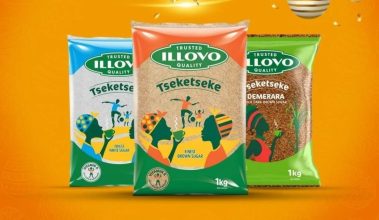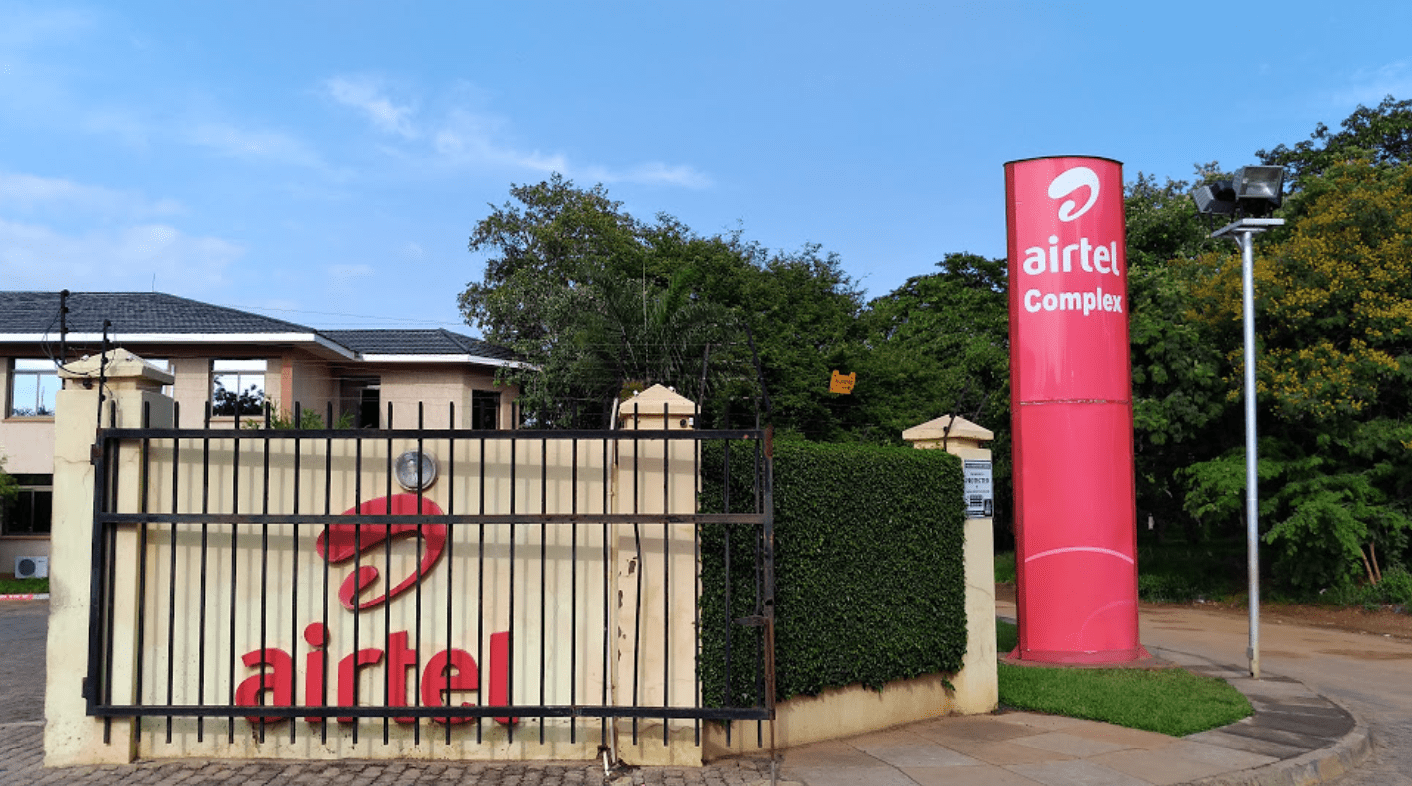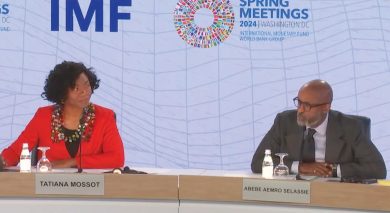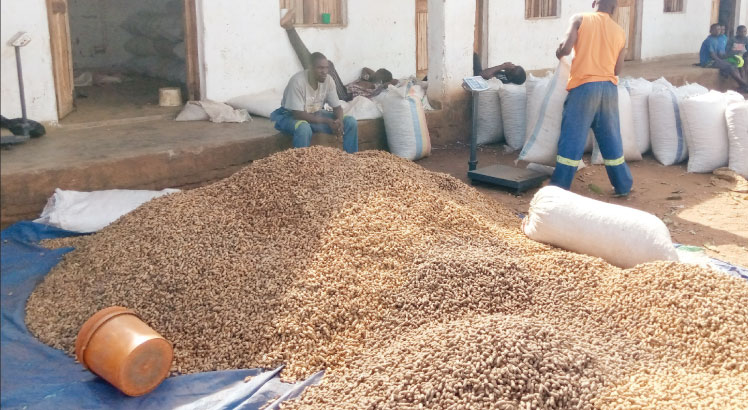Subsidy, greenbelt earn Malawi top mark
 A report by the ONE Campaign has placed Malawi among the top four countries in sub-Saharan Africa that have met the 2003 African Union Commitment to invest 10 percent of their national budgets in agriculture.
A report by the ONE Campaign has placed Malawi among the top four countries in sub-Saharan Africa that have met the 2003 African Union Commitment to invest 10 percent of their national budgets in agriculture.
Malawi is in that rank together with Ethiopia, Niger and Cape Verde, while Senegal and Sierra Leone are close behind. According to the report, Malawi is third after Ethiopia and Niger.
The report on Malawi is based on the country’s investment in subsidies and the Greenbelt Initiative.
“A strong focus on maize self-sufficiency through input subsidies is consistent with the Agriculture Sector Wide Approach (Aswap), Malawi’s investment plan for agriculture, although the Aswap also focuses on reducing post-harvest maize losses, which is not mentioned in the budget statement.
“Another prominent component of the investment plan is sustainable agriculture and water management, called the Greenbelt Initiative, which is financed out of the Department of Irrigation and Water Development. Malawi’s budget is relatively informal and vague about what sub-accounts (from the Aswap) are funded, and by how much,” says the report.
The report titled, ‘A growing opportunity: Measuring investments in African agriculture’, published last week also notes an alarming decrease in agriculture budgetary allocations in some eight countries of the 19 sampled.
“As a result, there is an urgent need for African leaders to show leadership by addressing the $4.4 billion funding gap noted by ONE across the 19 countries studied,” reads statement.
ONE used estimated execution figures from the countries’ Ministry of Finance or, if such backward-looking expenditure estimates were not available, budgeted allocations of the year were considered.
“Many countries’ expenditures include budget support from donors. However, general budget support is often difficult to account for, and it is not always disaggregated within sectoral budgets. Where possible, ONE adjusted the budget execution figure to remove donor projects from the total and noted this adjustment,” reads the report.
Between 2003 and 2009, Malawi invested 9.8 percent of the National Budget in 2011, the allocation went up to 12.6 percent, which, according to the report, means that Malawi is “somewhat on track.”
That year, Malawi invested K38 billion (about $95m) in the Farm Input Subsidy Programme (Fisp) up from K32.7 billion (about $87.5m) the previous fiscal year.
In the current fiscal year, government allocated K40.6 billion, later revised to K57 billion (about $142m), which accounts for 10 percent of the 2012/13 national budget.
Through the Maputo Declaration at the July 2003 African Union (AU) summit, African heads of state made a promise to their people to allocate 10 percent of their national budget on agriculture and seek six percent annual agricultural growth by 2008.
“Thirteen of the 15 African countries with available data achieved an average annual agriculture growth rate of six percent or more. Only four of the 19 countries have met the ambitious African Union target to invest 10 percent of national expenditure on agriculture,” says the report.
Combined, there is $4.4 billion shortfall across the 19 countries, while donor countries have technically met their combined pledge of $22 billion support for agriculture.





